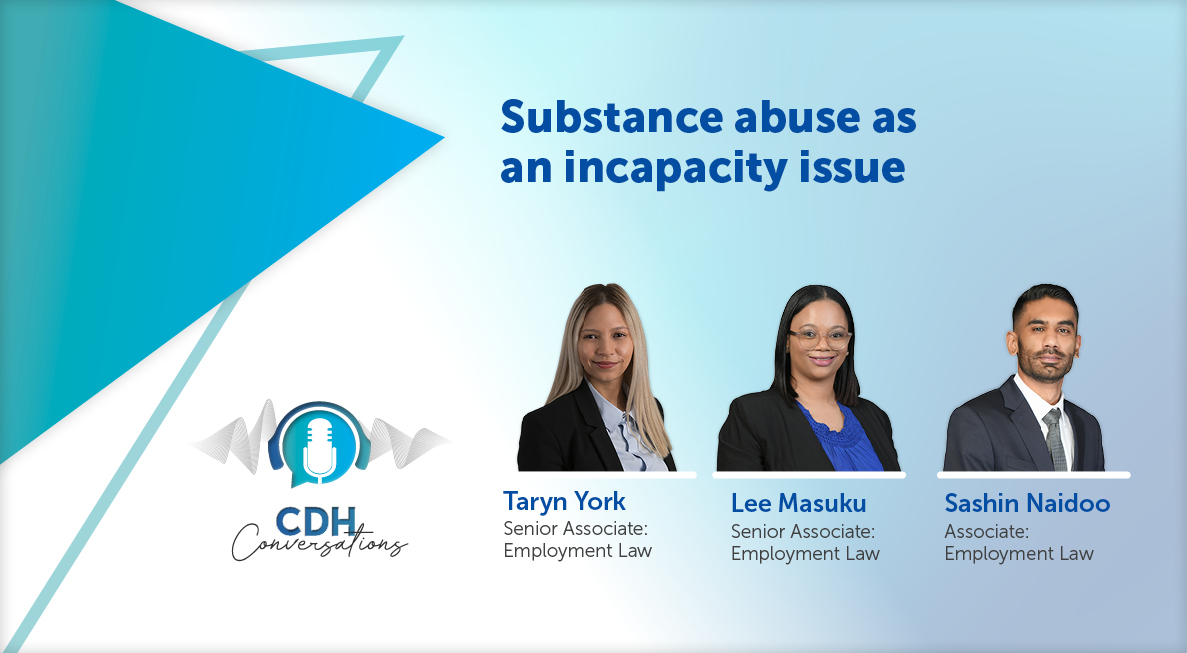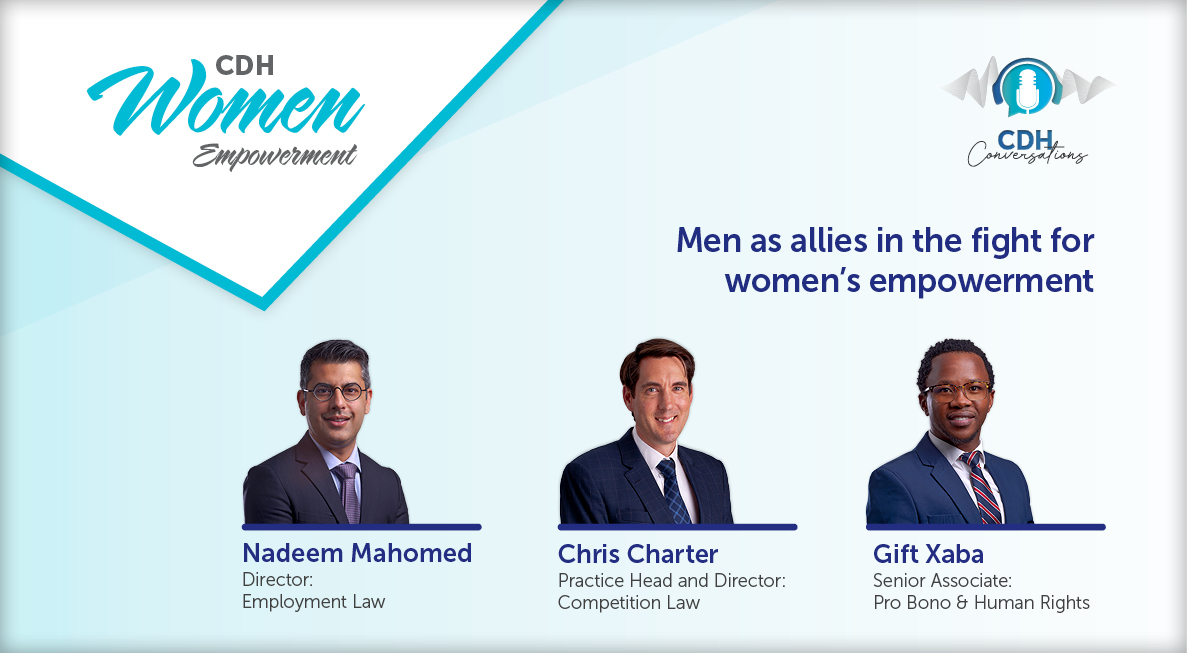Tax amnesty: A sham or simply misunderstood?
At a glance
- The Government of Kenya has in the recent past, under different regimes, introduced tax amnesty on tax penalties and interest in a bid to increase revenue and expand the tax base.
- In 2020, the Government brought about the Voluntary Tax Disclosure Programme, whereas the current Government has introduced a tax amnesty programme.
- This article reviews the two modes of amnesty, provides recommendations for future amnesty programmes.
The Voluntary Tax Disclosure Programme
The Voluntary Tax Disclosure Programme (VTDP) having been introduced by the Government through the Finance Act 2020, took effect from 1 January 2021 to 31 December 2023.
Under the programme, subsequent to a tax payer disclosing their tax liabilities that were unknown or undisclosed to the Commissioner of the Kenya Revenue Authority (KRA), taxpayers were granted relief of penalties and interests on condition that they paid the principal tax due ultimately resulting in tax compliance.
It is important to point out that the VTDP only targeted disclosure of taxes accrued in the period from 1 July 2015 to 30 June 2020 and covered tax heads such as individual income tax, corporate tax, pay as you earn (PAYE), withholding income tax, capital gains tax, value-added tax (VAT), withholding VAT, excise, turnover tax, and monthly rental income tax.
Of even greater importance, is the fact that the not all taxpayers were eligible to the penalty waivers under the VTDP. More specifically, the VTDP did not apply to:
- a taxpayer that was under audit or investigation for undisclosed tax, or that had been served with a notice of intention to investigate or carry out an audit/compliance check for the undisclosed tax; or
- a taxpayer that was a party to an ongoing litigation in respect of the tax liability or any matter relating to the tax liability.
Upon receipt of an application by a taxpayer under the VTDP, the Commissioner had to be satisfied that the facts disclosed by the taxpayer in the application were indeed true. This was established by carrying out independent investigations on the taxpayer’s affairs. If satisfied, the relief granted to the taxpayer would be:
- 100% remission where the disclosure was made, and tax liability paid in the first year of the programme (1 January 2021–31 December 2021).
- 50% remission where the disclosure was made, and tax liability paid in the second year of the programme (1 January 2022–31 December 2022).
- 25% remission where the disclosure was made, and tax liability paid in the final year of the programme (1 January 2023–31 December 2023).
It is noteworthy that the terms of payments were to be contractual between the taxpayer and the Commissioner, but payment was to be made within a year. As already stated herein, through this programme, the Government hoped to raise more revenue and provide an opportunity to taxpayers to correct the omissions or mistakes in their returns, in a bid to have clearer tax records.
Just to ensure that a taxpayer was indeed safe, a VTDP Certificate was issued to serve as evidence that the person took advantage of the programme. This nonetheless meant that no beneficiary could appeal for other remedies in respect of taxes, penalties and interests.
Despite the somewhat clear guidelines, the programme seems to have been widely misunderstood and/or misinterpreted. Quite a number of tax payers erroneously assumed that just because they had made a disclosure under the VTDP, they would not be subjected to any investigations and in turn, the Commissioner was obligated to accept the declarations as made. This development caught many by surprise and there still is a valid debate to be had regarding whether opting for the VTDP would present challenges akin to placing oneself in a difficult situation.
It is not in contention that ideally, a person granted relief under the VTDP was not to be prosecuted for tax liabilities disclosed under the programme. However, looking at the terms of the programme, it is noteworthy that where a person failed to disclose the facts of the tax liability, the Commissioner would either withdraw the relief, assess additional taxes or commence prosecution. For instance, there are two cases that stand out.
Firstly, in the case of Jennt Africa Limited. Jennt Africa Limited locked horns with the Commissioner of Domestic Taxes after the Commissioner, through a letter dated 25 January 2021, invited it to take advantage of the VTDP. The company went ahead and made an application which, to its surprise, was rejected. To make matters worse, the Commissioner issued it with preliminary audit findings advising it to amend the VTDP application to increase the principal tax declared from KES 617,902 to KES 15,699,764 for the period between September 2018 and December 2018, as well as for the period between January 2020 and June 2020. For the period from July 2020 to December 2020, the KRA revised the principal tax from KES 377,249 to KES 9,128,249 to account for the undeclared fuel sales. Jent Africa, being aggrieved, went to the Tax Appeals Tribunal where the KRA’s decision was upheld.
Secondly, the Highlands Drinks case. Highlands Drinks Limited found itself in trouble after making disclosure under the VTDP. The company had declared KES 170 million as owed to the KRA for the periods 2016 to 2019, but after the KRA’s investigations the number shot up to KES 901 million, inclusive of penalties and interests. Subsequently, the company objected to the figure, and the tax authority, after reviewing its demand, settled on KES 403 million in a letter dated 16 June 2022. This amount was sought under the VAT, corporation tax, and excise duty tax heads. Aggrieved by the decision, the company went to the Tax Appeals Tribunal where it was unsuccessful in convincing the tribunal of its position.
VTDP was a form of tax amnesty and there are taxpayers who have validly asked us why they should embrace such programmes, in the future, if an assessment follows.
Below is our analysis of the new tax amnesty programme and why it should be taken up.
Tax amnesty
The current Government introduced a tax amnesty on interests and penalties on tax debts that arose for periods that preceded 31 December 2022. The tax amnesty runs from 1 September 2023 to 30 June 2024.
Under the Tax Amnesty programme, the taxpayer is granted an automatic waiver of penalties and interest, so long as they have no principal taxes owing up to 31 December 2022. Though the tax amnesty program is also aimed at encouraging compliance, it is different from the VTDP as in this case the taxpayer had to file for waiver after paying the principal tax. However, a taxpayer who has principal tax which has accrued up to 31 December 2022 and still wants to take advantage of the tax amnesty has to pay the outstanding principal tax debt by 30 June 2024 and apply for the waiver.
A further contrast between the new tax amnesty and VTDP is that, whereas under the VTDP a taxpayer under a KRA audit or in a tax case with the KRA could not apply for waiver, in the tax amnesty programme, taxpayers in such scenarios can apply for waiver. This sweetener has enabled many taxpayers to close out on KRA audits and also settle tax cases at the Tax Appeals Tribunal and in courts so that they quickly pay the principal tax and get a waiver before 30 June 2024.
It is, however, important to note that the following penalties and interests do not qualify for amnesty:
- interest and penalties imposed under section 85 (tax avoidance) of the Tax Procedures Act, 2015; and
- penalties and interest relating to tax debts accrued for the periods after 31 December 2022.
Having analysed the tax amnesty programme, it is also crucial to look at its success rate. On 27 February 2024, the KRA released a press statement reporting that, as of 20 February 2024, 227,071 taxpayers had benefited from the waiver of penalties and interest amounting to KES 209 billion under the programme, having paid a total of KES 14,5 billion in principal taxes. Looking at the figures, it is encouraging to many taxpayers to take advantage of the programme.
Recommendations
It is noteworthy that under the VTDP, a taxpayer was only allowed to make one amendment to its VTDP returns. In our view, the cap on the number of times an amendment can be made to a tax amnesty self-assessment should be removed as innocent mistakes are bound to happen when computing numbers, and the process could require input from different stakeholders. Future amnesty programmes should take this into account.
Moreover, limiting the payments under the amnesty programme to one year or less may prove impractical, especially if the amounts in question are substantial. It will definitely be better for business to plan better, if the said period is longer than as stipulated.. Therefore, we propose that future programmes take this into account and have a payment period of about two years. More time should be extended to anyone paying more than KES 50 million in principal taxes.
Furthermore, looking at the success rate of the tax amnesty programme, we believe that another programme should be introduced through the Finance Bill, 2024. This programme should be effective from 1 July 2024 and should cover 1 January 2023 to 1 July 2024.
Conclusion
The VTDP and the Tax Amnesty programme are beneficial to both the KRA, and the taxpayers as not only have they resulted in the collection of substantial amounts of tax revenues, on their part, the taxpayers’ tax liabilities are reduced making them more tax compliant. With the continued goodwill from KRA, we advise that tax payers should take advantage of the tax amnesty programme before it lapses at the end of June 2024.
The information and material published on this website is provided for general purposes only and does not constitute legal advice. We make every effort to ensure that the content is updated regularly and to offer the most current and accurate information. Please consult one of our lawyers on any specific legal problem or matter. We accept no responsibility for any loss or damage, whether direct or consequential, which may arise from reliance on the information contained in these pages. Please refer to our full terms and conditions. Copyright © 2025 Cliffe Dekker Hofmeyr. All rights reserved. For permission to reproduce an article or publication, please contact us cliffedekkerhofmeyr@cdhlegal.com.
Subscribe
We support our clients’ strategic and operational needs by offering innovative, integrated and high quality thought leadership. To stay up to date on the latest legal developments that may potentially impact your business, subscribe to our alerts, seminar and webinar invitations.
Subscribe




